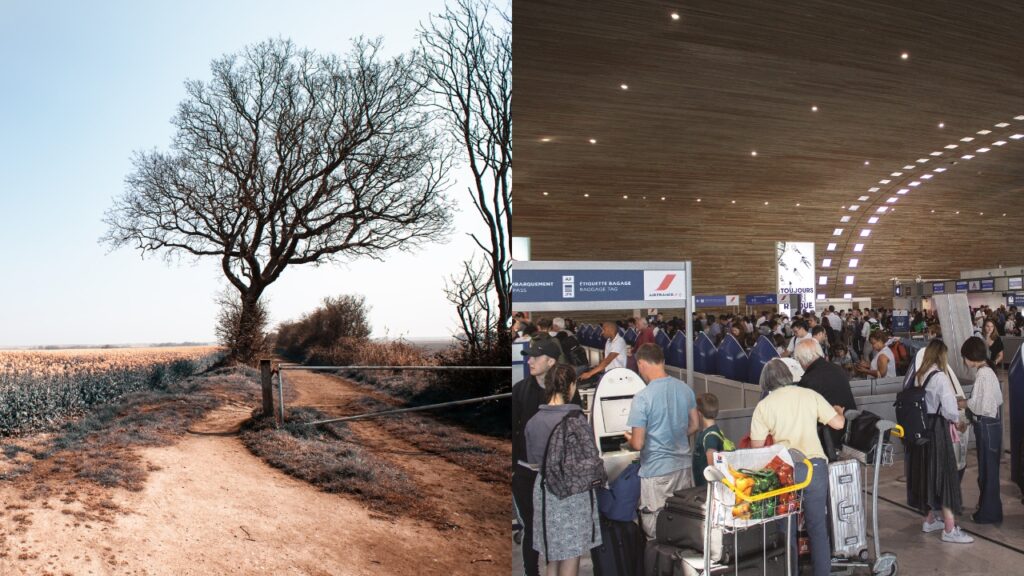Executive Summary
Climate change is rapidly becoming a driver of human mobility. Rising sea levels, extreme weather events, droughts, and resource scarcity are forcing millions to leave their homes in search of safety and livelihoods. Unlike traditional forms of migration, climate-induced displacement often occurs gradually, blurring the line between voluntary and forced movement.
This brief outlines policy recommendations for governments seeking to address this growing challenge. It highlights the need for anticipatory planning, legal recognition of climate migrants, investment in climate adaptation, and regional as well as international cooperation. Without decisive action, climate-driven migration risks destabilising communities, straining infrastructure, and fueling political tensions.
Introduction
Climate change is not a distant threat but a present reality. Every year, extreme weather events displace more people than conflict, with the Internal Displacement Monitoring Centre estimating tens of millions forced from their homes annually. From the Pacific islands threatened by rising seas, to African regions suffering drought and desertification, climate change is reshaping human geography.
Governments face the dual challenge of responding to immediate crises and preparing for longer-term shifts. In the absence of proactive policies, displacement often leads to humanitarian emergencies, irregular migration flows, and domestic instability. Recognising climate change as a driver of migration is no longer optional — it is a prerequisite for effective governance.
💡 “By 2050, climate change could displace more than 200 million people worldwide.”
Policy Recommendations
Governments should first prioritise anticipatory planning. Integrating climate forecasts into migration and urban planning ensures that cities and regions can prepare for population shifts, rather than reacting to crises after they unfold.
Second, the legal recognition of climate migrants must be advanced. Current refugee frameworks, rooted in the 1951 Refugee Convention, do not cover those displaced by environmental change. National and regional laws can begin to close this gap, providing protection for vulnerable populations who fall outside existing categories.
Third, governments should invest heavily in climate adaptation and resilience. Building infrastructure that can withstand floods, heatwaves, and droughts reduces the need for displacement in the first place. Supporting livelihoods in affected regions strengthens local capacity to adapt rather than migrate out of desperation.
Finally, regional and international cooperation is essential. Climate migration rarely respects borders, and unilateral measures are insufficient. Regional agreements — for example, among EU member states or within the African Union — can provide frameworks for burden-sharing, legal pathways, and coordinated humanitarian responses.
“Climate migration is not a crisis to be managed tomorrow — it is a reality governments must address today.”
Conclusion
Climate change and migration together represent one of the defining challenges of the twenty-first century. Governments that act early will be better placed to protect vulnerable populations, prevent instability, and manage demographic change responsibly. Those that delay risk compounding humanitarian crises with political and economic turmoil.
At Westminster Consultancy, we believe that governments must move beyond reactive measures to proactive strategies, embedding climate resilience and migration planning at the heart of national policy. Only through foresight, cooperation, and a commitment to human dignity can the challenges of climate-induced migration be transformed into opportunities for sustainable governance.

